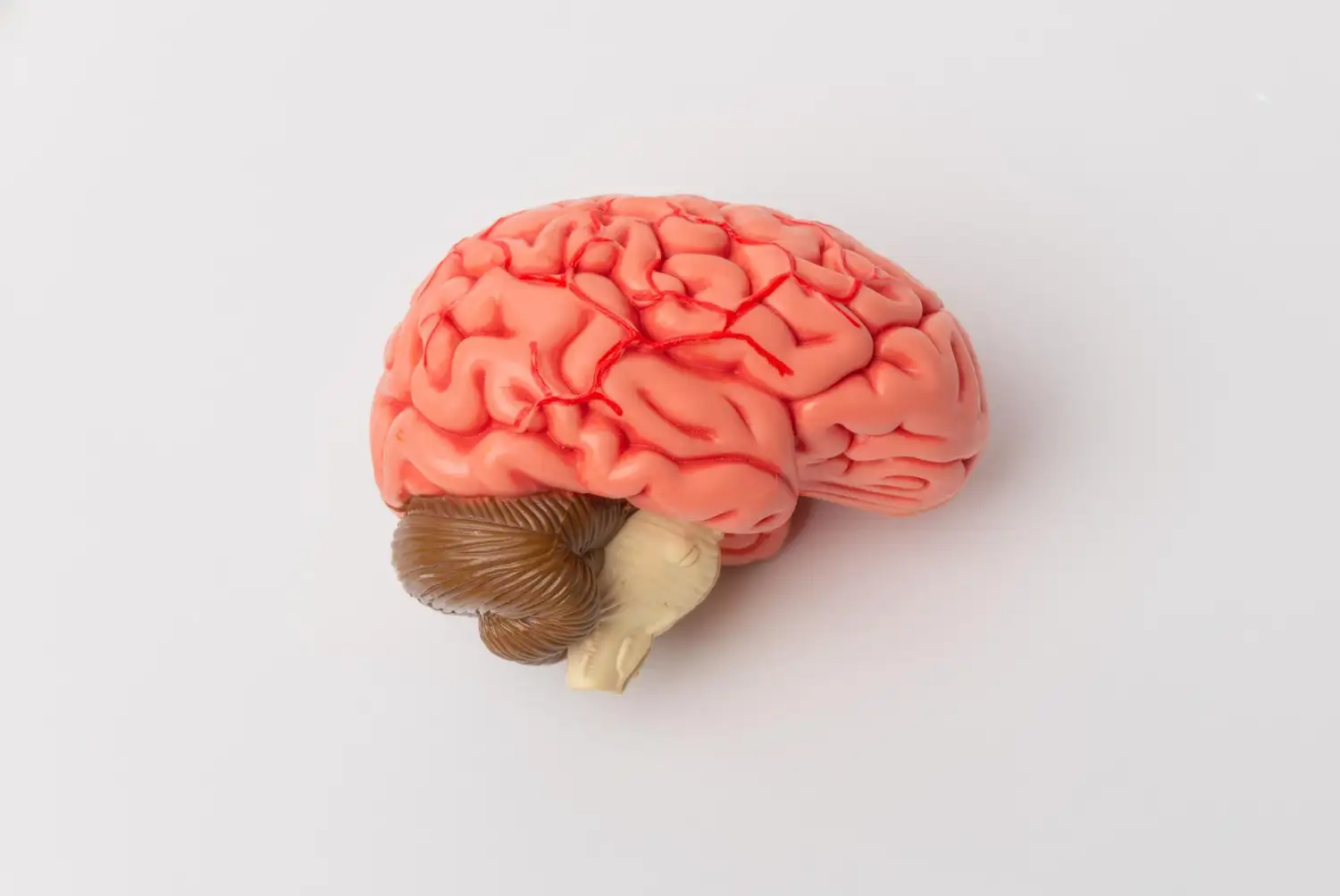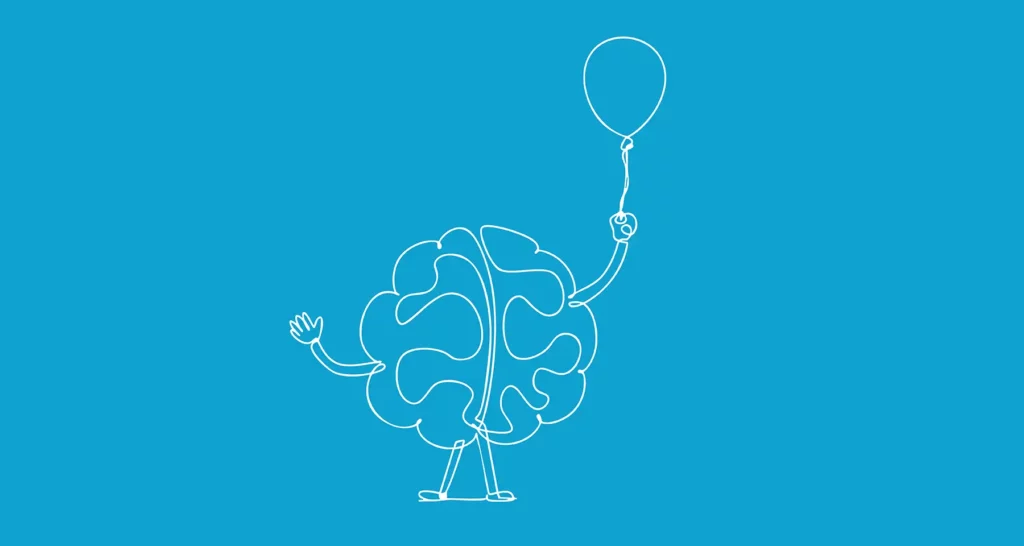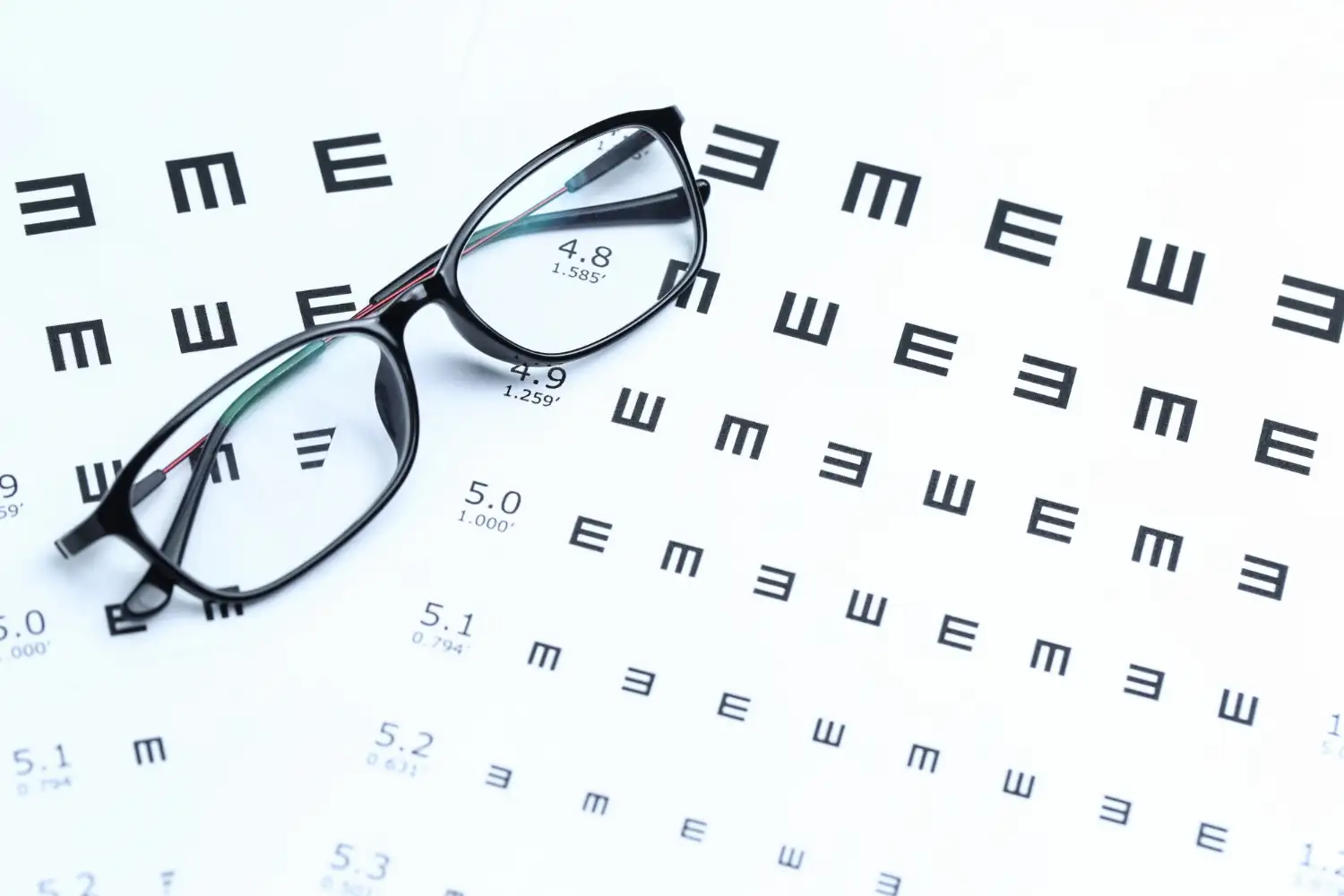Our brains power every part of our lives — from how we move and think to how we feel.
So when something’s not right, like a persistent ache or sudden pain, it can throw off our whole day. Whether it’s a mild headache or a more intense migraine, understanding the difference can help you take the right steps toward feeling better.
Is It Just a Headache — or a Migraine? Here’s How to Tell

Is It Just a Headache — or a Migraine? Here’s How to Tell
Headaches are incredibly common and can range from mild discomfort to more severe pain. They often feel like pressure or aching on one or both sides of the head and can sometimes be accompanied by facial tension, nasal congestion, or even a slight fever. The causes vary — from stress and dehydration to sinus issues or poor sleep.
Common Headache Symptoms
- Pain: Dull, sharp, throbbing, or squeezing sensations in areas like the forehead, temples, back of the head, or behind the eyes
- Location: May affect one side, both sides, or the entire head
- Sensitivity: Mild sensitivity to light or sound may occur
- Nausea: Occasionally present, especially with more intense headaches
- Neck and Shoulder Pain: Tension headaches may cause tightness or soreness in the neck and shoulders
Migraines are more than just “bad headaches.” They’re complex neurological events that can be intense, disruptive, and often debilitating. Migraines typically cause severe, throbbing pain — usually on one side of the head — and are often accompanied by nausea, sensitivity to light and sound, and sometimes visual disturbances called aura.
Common Migraine Symptoms
- Head Pain: Throbbing or pounding, often on one side but may vary
- Nausea/Vomiting: A frequent symptom that can worsen discomfort
- Sensitivity: Light, sound, and even certain smells can trigger or intensify symptoms
- Aura: Visual disturbances (like flashing lights, zigzag lines, or blind spots), tingling, or speech difficulty
- Other Symptoms: Fatigue, dizziness, neck pain, mood shifts, and trouble focusing
Understanding the Stages of a Migraine

Migraines are more than just often unfold in phases — not everyone experiences them all, but recognizing the stages can help you prepare and manage symptoms better.
- Early Warning Signs (formerly called “prodrome”): This stage can start hours or even days before the headache. You may notice mood changes, food cravings, increased urination, or neck stiffness.
- Aura: For some, this includes visual or neurological symptoms like flashing lights, blind spots, or difficulty speaking.
- Headache: The main phase, often marked by severe pain, nausea, and sensory sensitivity.
- Aftereffects (formerly called “postdrome”): Once the pain fades, you may feel tired, foggy, or mentally drained for up to a day.
Relief and Lifestyle Solutions
Finding relief starts with recognizing whether you’re experiencing a headache or a migraine — and from there, choosing the right strategy. Sometimes this means over-the-counter support, but other times, it requires a doctor’s input and a long-term plan. Quick relief is important, but sustainable relief often comes from small but meaningful lifestyle shifts that reduce the frequency and intensity of symptom
Relief Checklist

Headache Relief Checklist
Start with Self-Care:
☐ Stay hydrated (water or electrolyte drinks)
☐ Rest in a quiet, dark room
☐ Apply a cold or warm compress to your head or neck
☐ Gently massage your temples and neck
☐ Try a small amount of caffeine (early on only)
☐ Use aromatherapy (peppermint or lavender)
☐ Apply acupressure (like the point between your thumb and index finger)
☐ Exercise regularly to reduce tension
☐ Prioritize sleep and rest
☐ Practice relaxation techniques (deep breathing, mindfulness, yoga)
Medications (Speak to a doctor before starting any medication):
☐ Try over-the-counter pain relievers (ibuprofen, acetaminophen, or aspirin)
☐ Consult your doctor for prescription options like triptans if needed
When to Call a Doctor:
☐ Headache is sudden or unusually severe
☐ Headache is accompanied by fever, stiff neck, or confusion
☐ Headaches don’t improve with self-care or OTC medication
Migraine Relief Checklist
Lifestyle Adjustments:
☐ Track and avoid personal triggers (foods, sleep patterns, stress, weather changes)
☐ Practice stress management techniques (breathing, yoga, meditation)
☐ Stick to regular sleep routines
☐ Stay well-hydrated
☐ Engage in moderate, consistent exercise (but avoid overexertion)
☐ Consider supplements like magnesium, riboflavin (vitamin B2), or CoQ10 (consult your doctor first)
Over-the-Counter Relief:
☐ Use pain relievers such as ibuprofen, naproxen, or acetaminophen
☐ Try a small amount of caffeine at the onset of symptoms
☐ Look for combination OTC meds that include caffeine and pain relievers
Prescription Options (Speak to a doctor before starting any medication):
☐ Triptans (e.g., sumatriptan, rizatriptan)
☐ CGRP inhibitors (newer migraine-specific options with fewer side effects)
☐ Preventive medications (beta-blockers, antidepressants, anti-seizure medications)
☐ Anti-nausea medications, if nausea is a significant symptom
Other Remedies:
☐ Try acupuncture or acupressure
☐ Use massage therapy to relieve muscle tension
☐ Apply a cold or warm compress to your forehead or temples
☐ Rest in a dark, quiet room
When to Call a Doctor:
☐ OTC medications aren’t effective
☐ Migraines are becoming more frequent, intense, or changing in pattern
☐ You experience a sudden, severe headache that peaks within a minute
☐ You notice any new or concerning symptoms
Care for Your Brain, Care for Yourself
Keeping your brain healthy means tuning in to what it’s trying to tell you — whether that’s a gentle reminder to drink more water, take a break, or seek medical advice. Headaches and migraines can be disruptive, but with the right tools, awareness, and support, they don’t have to take over your life.
Stay hydrated, get plenty of rest, manage stress, and don’t ignore early warning signs. By listening to your body and caring for your brain, you’re taking powerful steps toward feeling better — and living more fully.


